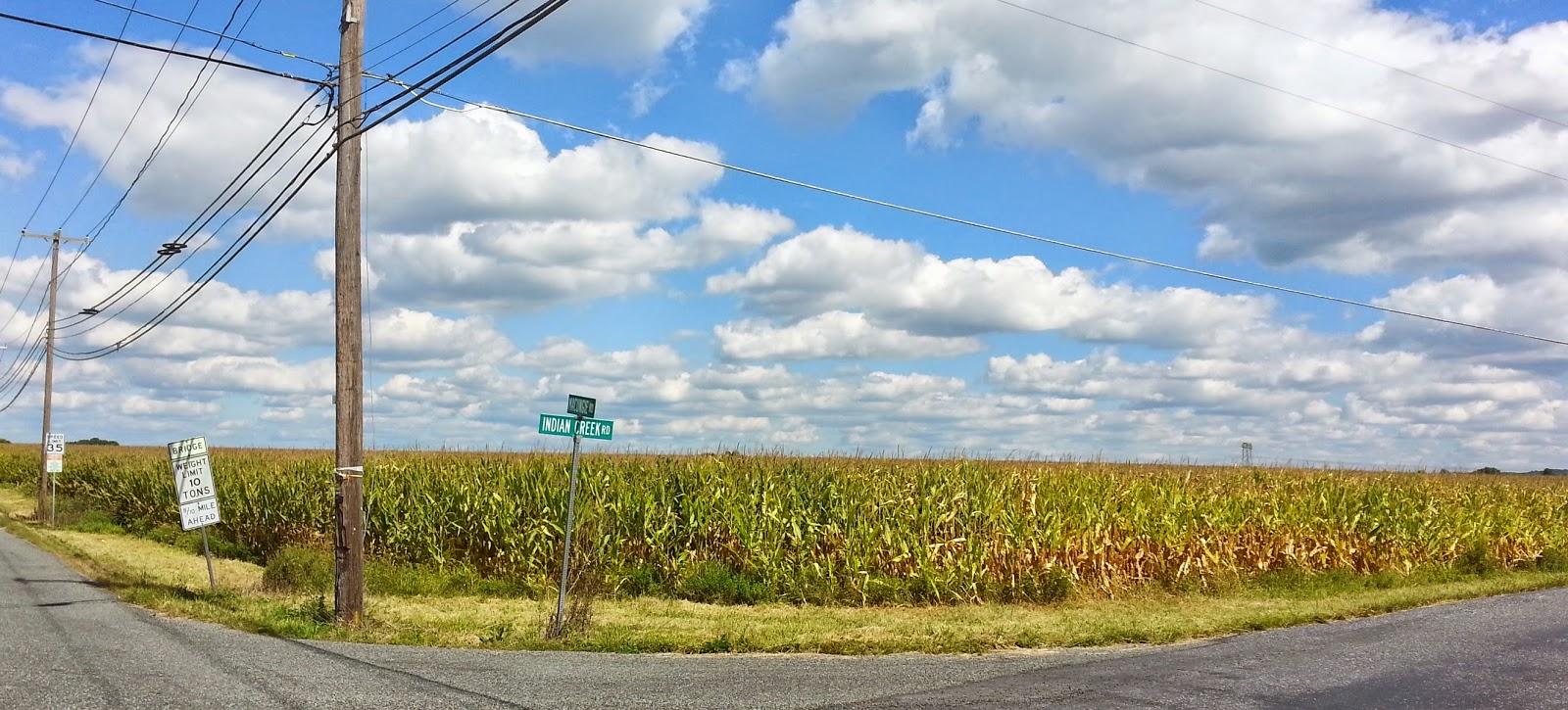The Pennsylvania
state Senate is poised to vote on a bill that would remove protections for
riparian buffers along streams designated as High Quality (HQ) and Exceptional
Value (EV). These are the kinds of streams that support naturally
reproducing populations of trout and have the macroinvertibrate diversity to
sustain trout populations.
 |
| State Rep. Marcia Hahn (R-Northampton) |
HB1565 was
introduced by Rep. Marcia Hahn (R-Northampton) and approved by the House last
month. The bill is now before the state
Senate and could be voted on as early as next Tuesday when the Senate
reconvenes after their Columbus Day weekend break. If passed, the bill would eliminate the
requirement for a 150-foot wide riparian buffer between a project involving earth
disturbance and an adjacent EV or HQ stream.
“We have seen
significant frustrations under the current regulations as businesses,
landowners and homebuyers alike have expressed their concerns with the riparian
buffer requirements and the negative impacts they have on development and land
use in many areas of the Commonwealth,” said Hahn. “Oftentimes, this has been
seen as an instance of eminent domain without compensation as landowners could
be prevented from using their own property.”
No,
Rep. Hahn. This is nothing like eminent domain. What we have now is a
regulation that protects environmentally sensitive waters of the Commonwealth
and the fish and other organisms living in and around them from irresponsible
land uses that would degrade the downstream portions of these streams. A
landowner does not have the right to use their property in a manner that poses
a real threat of degrading HQ and EV waterways. For Rep. Hahn to
posture this bill as a landowner rights issue ignores the fact that Pennsylvania's natural resources, including
its waterways, are “the common property of all the people, including generations yet to come
(Article 1, Section 27 of the PA Constitution).” Therefore, no landowner has the right to conduct
activities on their land that can cause sedimentation or contaminants to enter
EV or HQ streams. Other than that, they
may use their property in any legal manner they chose.
Earlier this week,
HB1565 was amended and voted out in the Senate Environmental Resources &
Energy Committee. The amendments, however, could not repair a bill
that is fundamentally detrimental to environmentally sensitive waterways. The
two amendments did the following:
(1) Clarified
that replacement buffers must occur along special protection waters within the
same drainage list. This means that buffers could be destroyed in one tributary
of a main EV or HQ stream as long as the developer beefs up buffers in a
section of another tributary of the same main stream. This is a nonsensical
compromise.
(2) Allowed a
concession that alternative Best Management Practices can be substituted
instead of a buffer as long as the alternatives used are “collectively…substantially
equivalent to a riparian buffer…” This amendment essentially recognizes that
riparian buffers are the most effective management tool. So then why compromise
at all and remove protections for riparian buffers?
 |
| Little Lehigh Creek in Lower Macungie Township, PA. A designated HQ stream (photo by author). |
So,
Rep. Hahn, please do not frame this bill as a bogus landowners rights
battle. This bill seems like nothing
more than an attempt to ingratiate yourself with developers seeking to squeeze
a few more units into projects bordering environmentally sensitive
streams. Too bad those developers cannot
comprehend that protecting adjacent streams has a positive effect on the value
of their finished project. Who wouldn’t
want to live next to a pristine and well-protected stream?
Please
email your state senator today and urge them to vote against HB1565 when it
comes to a vote. There is not much time left to ensure our headwater streams
remain protected with proper riparian buffers.
If you don’t know
who your PA state senator is, you can look them up here (http://www.legis.state.pa.us/cfdocs/legis/home/findyourlegislator/index.cfm)
and find their email address. Please do it this weekend.
